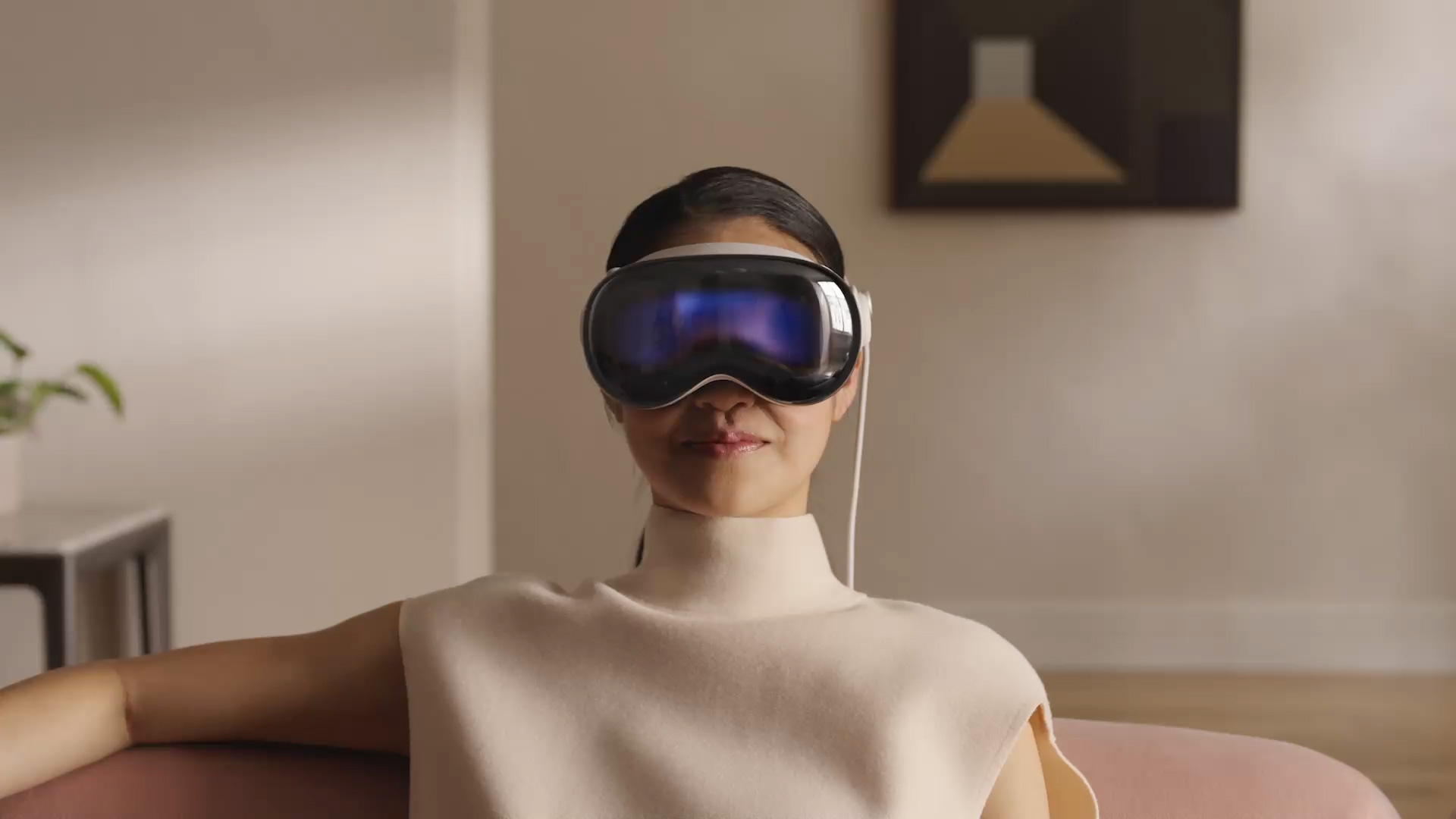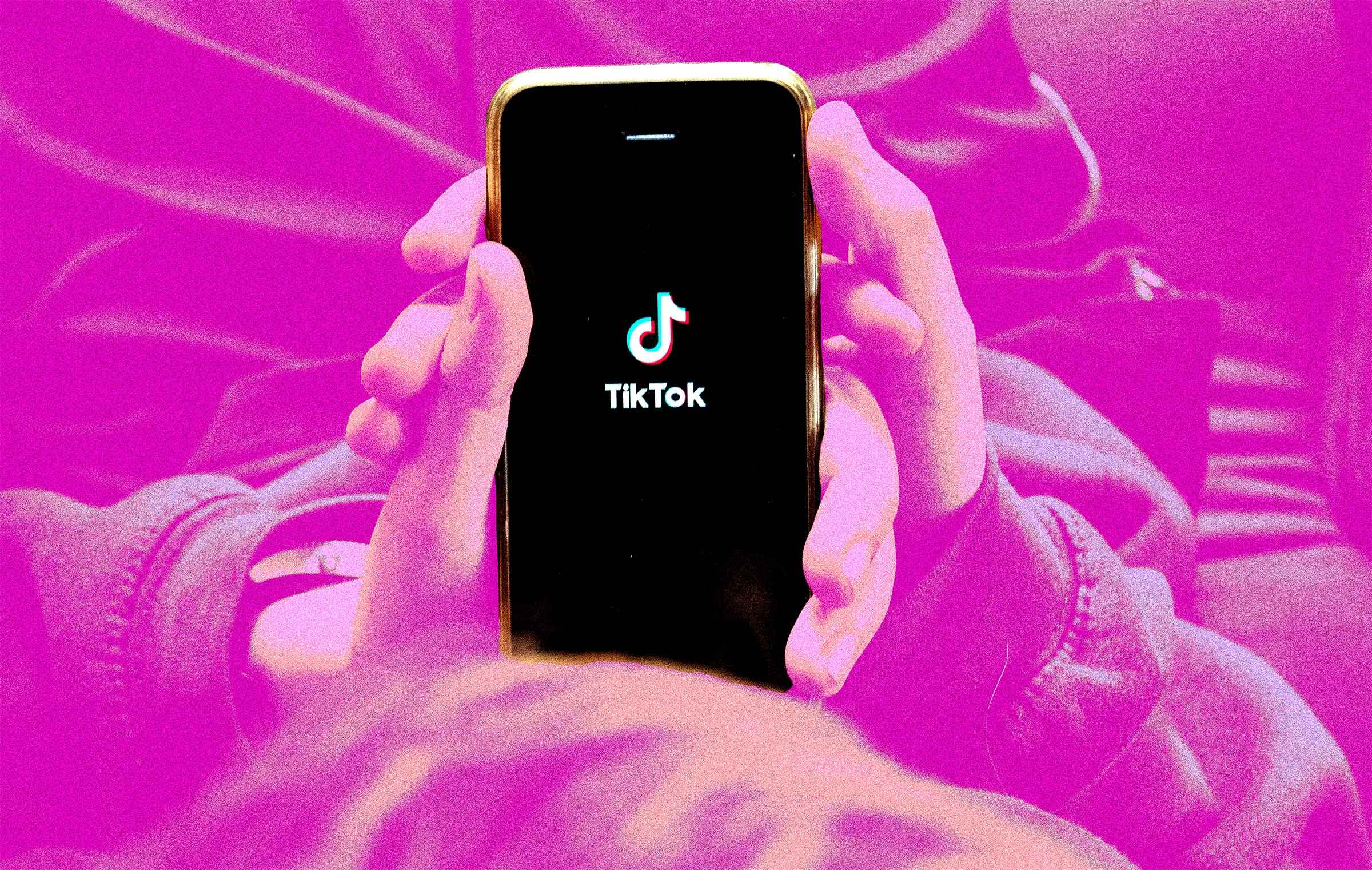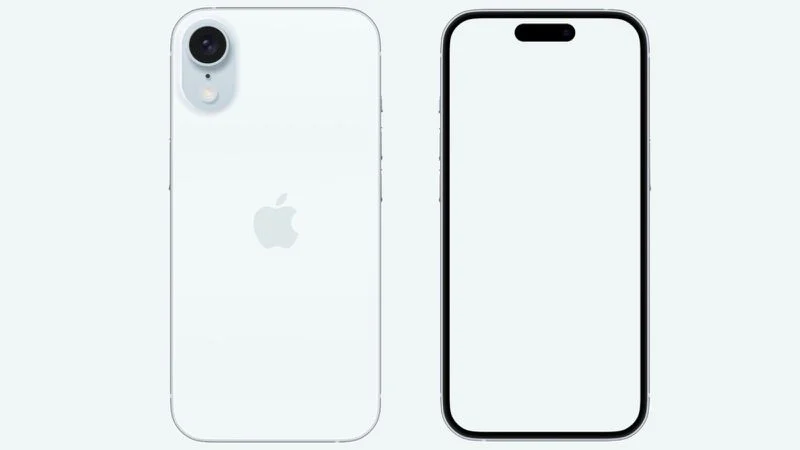A recent survey shows that game developers are very interested in making games for the Apple Vision Pro. Here’s what we know:
Game Developers Are Planning New Games for Vision Pro
According to GamesBeat, a survey at the Game Developers Conference looked at how developers feel about Apple’s new spatial computing platform.
The survey results suggest big growth is on the way:
- Right now, only 8% of developers who make VR or AR games are working on games for Apple’s visionOS. There aren’t many games available yet for Vision Pro, so this number is quite promising.
- About 18% of the developers said their next project will be on Vision Pro. This means we might see a lot more games soon.
- A quarter of the developers are very interested in Apple’s VR headset. This interest is even higher than for PlayStation VR2, which is at 25%.
The survey included responses from over 3,000 game developers, giving us a good idea of what’s happening in the gaming world. It looks like Apple Vision Pro might become a big name in gaming soon.







